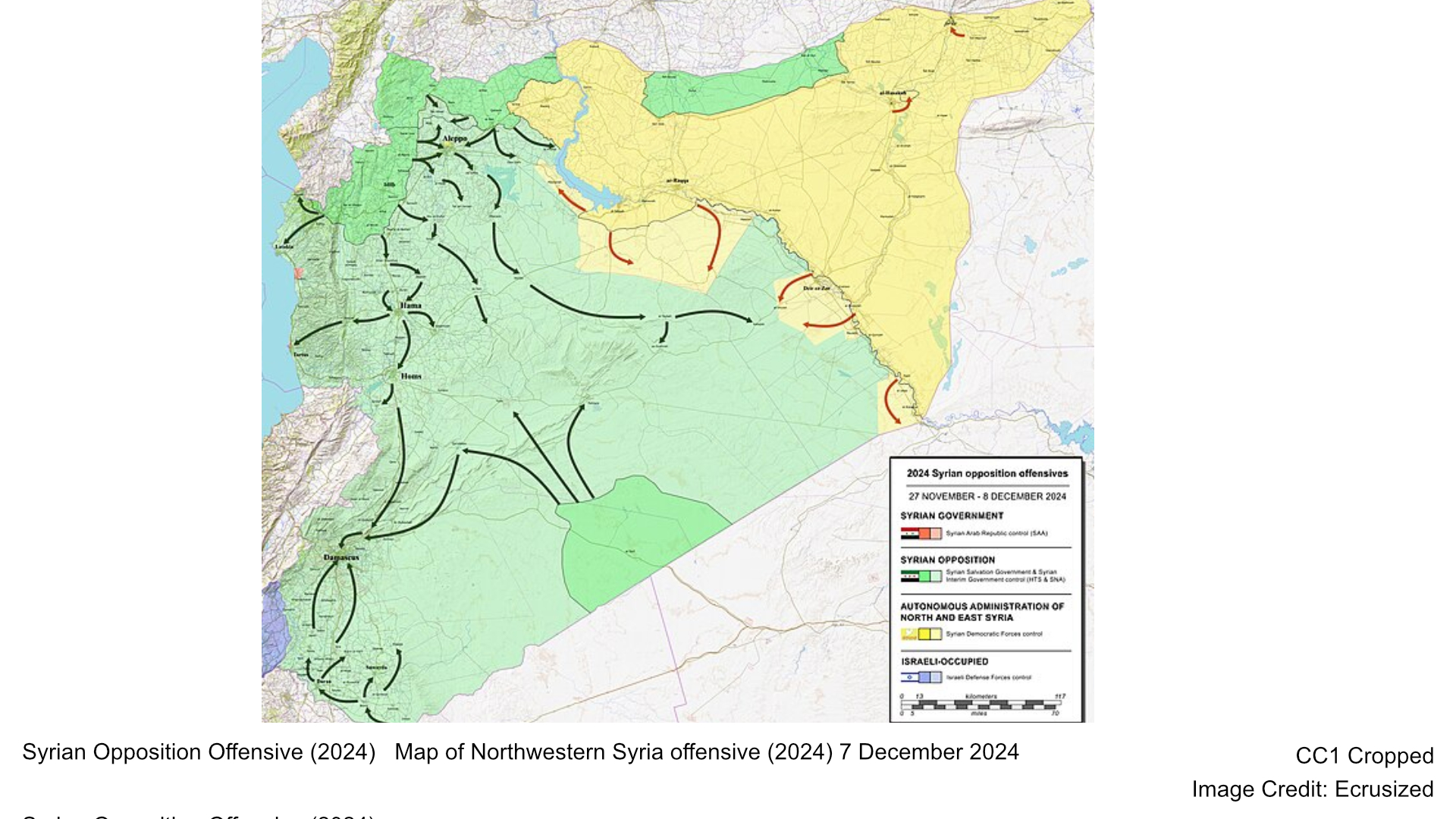The war in Syria began in 2011 as an uprising against Assad’s regime and evolved into a complex conflict involving multiple foreign powers. The conflict has resulted in hundreds of thousands of deaths and displaced millions, creating a massive refugee crisis. Geir Pedersen, a prominent figure in the peace process, described the current situation as a “watershed moment” and emphasized the challenges that lie ahead. Foreign Minister Hakan Fidan highlighted national unity and sovereignty’s importance in the post-Assad era.
Sources such as Al Jazeera English have reported on the opposition’s storming of the presidential palace in Damascus. Footage from the scene shows armed men inside the palace, with some reportedly taking appliances. The public celebrations included chants, prayers, and gunfire, marking the end of Assad’s regime. The opposition’s entry into Damascus signals a potential turning point in the conflict, with significant implications for the region’s future.
As Syria navigates this transitional period, questions remain about the country’s future and the path forward. The fall of Assad’s government leaves a nation in ruins, with uncertainty about what comes next. However, this moment also offers an opportunity for rebuilding and addressing the ongoing humanitarian crisis. The international community will closely watch how Syria and its allies respond to this new chapter in the country’s history.
Events Timeline:
November 2024:
- After the rebel capture of Aleppo, rumors emerged of a coup against Assad’s government led by Syrian State Security Director General Hosam Louqa. Both the Syrian Army General Command and Iranian ambassador Hossein Akbari denied these reports.
6 December 2024:
- Iran began evacuating its personnel, including top IRGC commanders, from Syria. Evacuations were reported at the Iranian Embassy in Damascus and IRGC bases across Syria, with personnel heading to Lebanon and Iraq.
- China assisted in evacuating its citizens from Syria.
7 December 2024:
- Rebel forces captured most of Daraa and Suwayda Governorates, granting safe passage to some pro-government forces retreating towards Damascus.
- The Southern Operations Room announced their forces had begun surrounding Damascus, capturing nearby towns such as Al-Sanamayn (20 km from Damascus).
- In Rif Dimashq, government forces withdrew from multiple towns, including Assal al-Ward, Yabroud, and Artouz, leaving Damascus increasingly vulnerable.
- President Bashar al-Assad reportedly fled Damascus via air, later confirmed by Russian state media to have been granted asylum in Moscow.
- Protests erupted in Damascus suburbs, with demonstrators removing statues of Hafez al-Assad and opposition forces advancing.
8 December 2024:
- Rebels entered the Barzeh neighborhood of Damascus. Videos showed Syrian police and military abandoning their posts and civilians arming themselves.
- The capture of Homs severed Damascus’s link to Assad’s strongholds in Tartus and Latakia.
- Damascus fell completely to rebel forces. Opposition figures declared victory on state television, while Prime Minister Mohammad Ghazi al-Jalali expressed willingness to cooperate with the opposition.
- Assad’s presidential palace and other government facilities were ransacked, while the Russian and Chinese embassies remained untouched.
Aftermath:
- Israel conducted airstrikes on the Mezzeh Air Base and other sites in Damascus, targeting weapon caches to prevent their transfer to Hezbollah.
- Rebel forces imposed a 13-hour curfew in Damascus as they established control over the capital.





